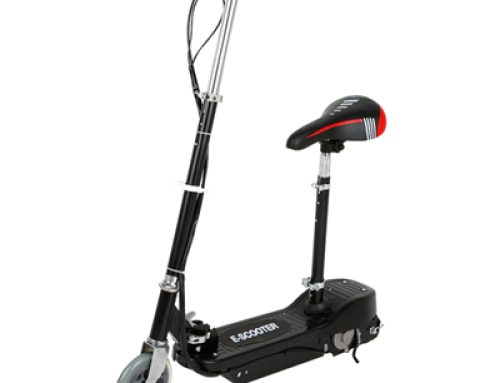Hoverboards provide a glimpse into the potential future of transportation trends, showcasing how technology can shape the way we move and navigate within our environments. While the full realization of hoverboards as depicted in science fiction is still a work in progress, the concept and advancements associated with them offer insights into where transportation might be headed. Here’s how hoverboards offer a sneak peek into future transportation trends:
- Personalized Mobility Solutions: Hoverboards represent a shift towards more personalized and individualized transportation options. As urban areas become more congested, the need for compact, efficient, and adaptable modes of transportation is growing. Hoverboards cater to this need by offering a compact, portable, and personal means of getting around.
- Electric-Powered and Eco-Friendly: Hoverboards run on electricity, contributing to the ongoing trend of eco-friendly transportation. They produce no emissions during operation, aligning with the push for sustainable mobility solutions to reduce air pollution and carbon emissions.
- Last-Mile Connectivity: The convenience of hoverboards addresses the “last-mile” challenge, providing an efficient way to cover short distances between transportation hubs and final destinations. This aligns with the growing emphasis on integrated transportation networks that seamlessly connect various modes of travel.
- Urban Mobility Solutions: Hoverboards are designed to navigate urban environments effectively, offering a solution to congested roads and parking challenges. Their compact size and ability to maneuver through tight spaces make them suitable for crowded city streets and sidewalks.
- Tech Integration and Connectivity: Hoverboards showcase the integration of advanced technology, such as sensors, gyroscopes, and self-balancing mechanisms. This trend towards tech-enabled transportation highlights the potential for interconnected and smart mobility solutions that offer real-time data, navigation assistance, and safety features.
- Innovative Design and Materials: The pursuit of functional hoverboards has led to innovations in materials and engineering. These advancements have implications beyond personal transportation, influencing the development of lightweight and durable materials that could shape the design of other vehicles.
- Cultural Shift in Transportation: Hoverboards represent a shift in how people perceive and approach transportation. They challenge conventional norms and offer a fun and innovative way to move around, potentially influencing a cultural shift towards embracing more novel and unconventional modes of travel.
- Inspiration for Future Innovations: While hoverboards themselves might not become the primary mode of transportation, the challenges they pose and the solutions developed could inspire other innovative transportation solutions that prioritize efficiency, sustainability, and adaptability.
- Accessibility and Inclusivity: As hoverboard technology evolves, there’s potential to design models that are more accessible to individuals with limited mobility, ensuring that future transportation trends prioritize inclusivity.
While hoverboards are just one piece of the transportation puzzle, they reflect the broader trends of personalized, electric-powered, and technology-driven mobility solutions. As technology continues to advance, it’s likely that future transportation will involve a diverse range of innovative vehicles and systems that cater to the needs of individuals and communities while contributing to a more sustainable and connected world.







